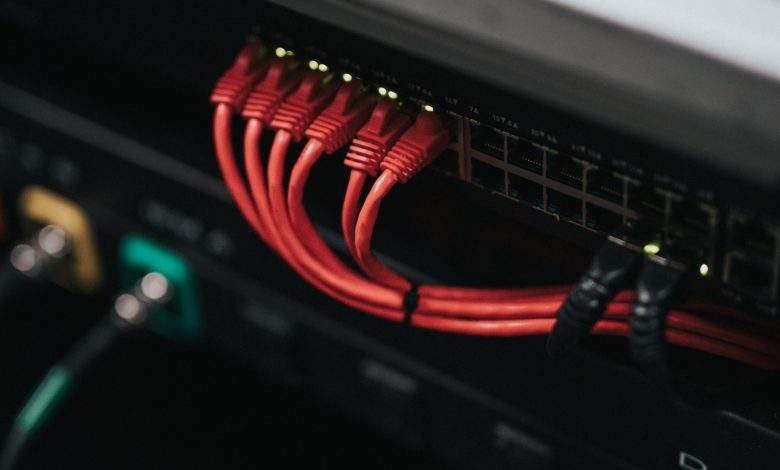
Residential Proxies – How And Why To Use Them For Data Gathering
Residential proxies are a great way to add an additional layer of security and anonymity to your online browsing. However, it can also be used for many other things, one of which is to help scale web scraping and data gathering efforts. But how do you start using one of these proxies for web scraping?
This article explores residential proxies and how they can be used for data collection by providing residential IPs. We’ll also be looking at the benefits of using these
- What’s a residential proxy?
- Benefits of using a residential proxy for web scraping
- How to start using a residential proxy alongside your web scraper
What Is A Residential Proxy?
Before we can even think about the benefits of using a proxy alongside a web scraper, we first need to understand what proxies are. Proxy servers are specialized intermediary servers that act as the intermediary between a user and the websites they access. Any requests you make go to the proxy server and are sent to the website from there.

There are different types of proxies; the main types are public, datacenter, and residential. These can also offer specialized services, such as residential rotating proxies. Residential proxies are different from data center ones because they are linked to real devices. By having residential IPs, you can collect higher quality data and avoid getting blocked by websites while you collect data because your requests will look like they’re coming from real users.
You may be wondering why you’d want to use a middleman. Usually, it’s better to cut out the middleman, right? In this case, a proxy server protects your connection and, more importantly, your personal details as it hides your IP address and replaces it with one of theirs. This gives users many privacy and security benefits, among others.
Benefits Of Using Residential Proxies For Web Scraping
Web scraping is a great way for businesses to automatically collect a lot of data quickly. However, if you use a web scraper without a proxy, there’s a high chance that you’ll get an IP ban, leading to low-quality, incomplete or inaccurate information. Profits from web scraping operations increase by 300% due to higher quality data and faster data acquisition when using a residential proxy alongside your scraper.

Many reliable proxy providers also allow users to choose residential IPs from anywhere in the world. This means you’ll be able to bypass any geo-restrictions or location blocks. Residential proxy networks are around 2,000% larger than data center proxy systems, giving them a global reach for infiltrating the global data market valued at upwards of $36 billion.
How To Start Using A Residential Proxy Alongside Your Web Scraper
Before you even start web scraping, you need two essential tools – the web scraper and a residential proxy. To find a proxy provider won’t be too difficult as there are many best residential proxy lists available online to help you choose the right provider for your needs and budget.
When it comes to web scraping tools, you have two options. The first is to build your own scraper. This is great if you have coding skills. Many open source codes are available, such as the ones from Beautiful Soup in Python. By building your own, you can ensure that it includes features that you need and works the way you want it to.
Alternatively, you might not have coding skills or prefer to go with pre-built options, which can save you time. There are many options for pre-built tools, such as Parsehub, Smart Scraper, and Octoparse. Some free options offer limited features, whereas paid versions usually allow unlimited scraping sessions, which are great for scaling your data collection efforts.

Once you have both your web scraping tool and residential proxy, you need to connect the proxy to your scraper. This may seem complicated, but it’s usually quite easy, and if you do get stuck, there should be support or FAQs to help guide you. Basically, you’ll need to navigate to the ‘Proxy Manager’ in your web scraper. Many tools include this option on the home screen. For others, you’ll find it under settings.
Next, you’ll have to insert your proxy details in the required fields. Most of the details requested can be found in your proxy account. Once you’ve completed all the fields and set up your proxy, you can start your scraping efforts by returning to the homepage and filling in the parameters of the data you want to collect.
Final Thoughts
Data collection through web scraping is easy, fast, and efficient. However, in order to truly scale your scraping efforts, you’ll need to use a reliable residential proxy alongside your scraper. These proxies will protect you from bans, allow you to bypass geo-restrictions, and overall improve your collection efforts.



